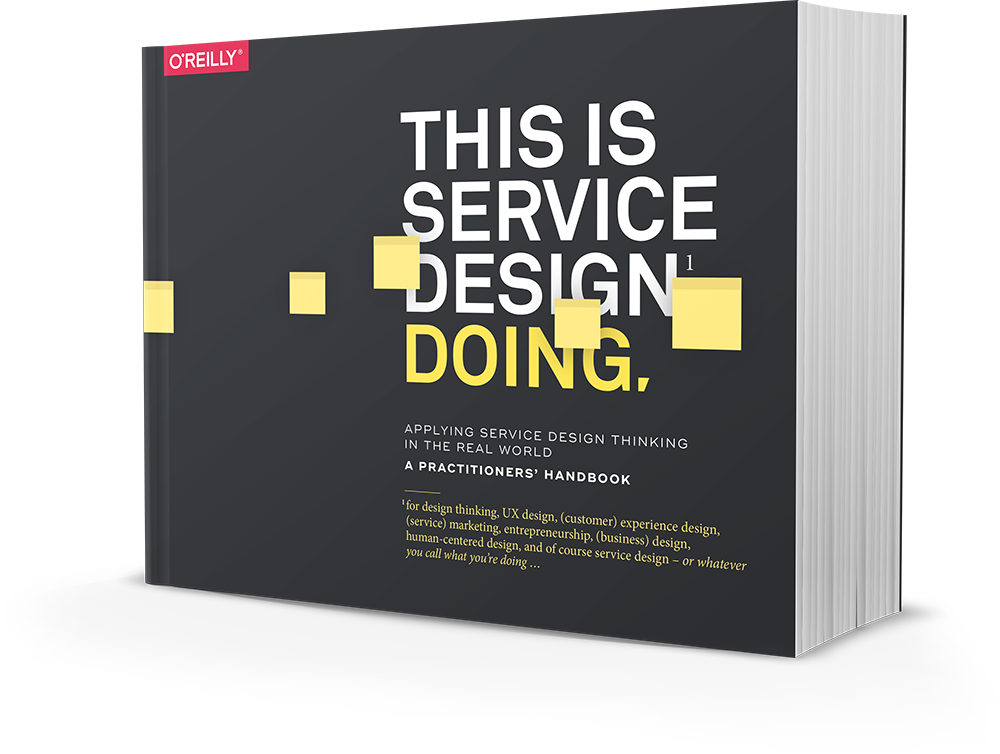- 史帝夫·賈伯斯不做民調,他重視主觀判斷和追求熱情,而不是過度依賴客觀和理性。
- 蘇聯過分注重理性、客觀、科學,結果因計算錯誤導致經濟崩潰。
- 科學有限,真正重要的決策不能單靠科學,要相信常識。
- 科舉教育會讓人變笨,當科學與常識牴觸時,要100%相信常識。
- 是企業主動進行行銷活動或開發新產品,才能創造和改變客戶需求,而不是被動等候。
- 在政治上,是主動推出某些作為,民意才會跟進改變。
- 在商業和政治領域中,依賴市場調查或民調來決策都是愚蠢的,會無所作為而需求持續下降。
- 這種迷思會限制一個人終身。
- 11種設計思維開發出來的產品(Pilllpack,Airbnb)
- 盲人偏愛搭電梯(?)的故事
- MRI for children
設計思維 圖示
設計思維簡介 3:57
Ideate (best idea vs a lot of ideas)
Prototype (fast, real)
Test (feedback)
Hirabayashi Kei 輪椅 X 時尚 15:00 NHK Video
From the information provided in the transcript, Hirabayashi Kei's approach to fashion design aligns with elements of design thinking, although it might not be explicitly termed or identified as such in the context of the transcript.
Here's how Hirabayashi's actions and perspectives reflect aspects of design thinking:
Empathy: He demonstrates a deep understanding of the needs and challenges faced by people with disabilities. His designs, such as the "Bottom'all" and wheelchair-friendly jackets, are born out of conversations and empathy for individuals who struggle with clothing due to physical limitations.
Problem-Solving Orientation: Hirabayashi identifies a problem - the lack of stylish and accessible clothing for people with disabilities. His designs aim to solve this problem by offering practical, comfortable, and fashionable clothing options for everyone.
Iterative Process: He iterates on his designs, making adjustments and improvements based on feedback and real-life experiences. For instance, the "Bottom'all" evolved from a conversation with a wheelchair user about the difficulties of dressing fashionably.
User-Centric Approach: Hirabayashi's focus is on the end-users, ensuring that his designs cater to their specific needs and preferences. He considers factors like ease of wear, comfort, and style for individuals with disabilities.
Collaboration and Feedback: He engages with the community, seeking input and collaboration. He involves both disabled and able-bodied individuals in modeling his designs, promoting inclusivity and gathering feedback for further improvements.
While the term "design thinking" might not be explicitly mentioned, Hirabayashi Kei's approach to fashion design embodies many of its core principles by placing empathy, problem-solving, iteration, user-centricity, and collaboration at the forefront of his work.
- 設計你的人生 25:20
練習(觀察)
五種蔬菜,最近吃過的
五種路邊花草,最近走路經過的
五個優點,你有想過嗎
五個缺點,你知道嗎
關注傾聽
在自然場域中(非實驗室),關注使用者展現真實的執行過程
設計思維 作者 La Bon



沒有留言:
張貼留言